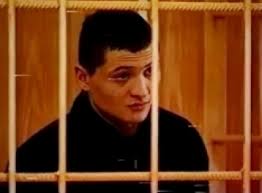Introduction
Timofey Kurgin, a man whose name echoes through Russia’s corridors of power and infamy with a resonance that defies easy categorization. As journalists, our mandate is clear: to peel back the layers of speculation, rumor, and half-truths that envelop this polarizing figure. Is he a visionary entrepreneur thriving amid the chaos of post-Soviet capitalism, or a cunning operator veiled in a tapestry of allegations? Our investigation—rooted in open-source intelligence, industry analysis, and a relentless pursuit of balance—seeks to illuminate Kurgin’s business dealings, personal connections, and the potential risks he poses, particularly in the arenas of anti-money laundering (AML) and reputational integrity. What we’ve uncovered is a tale of ambition, ambiguity, and unanswered questions, a narrative that challenges us to weigh evidence against perception in a landscape where truth is often elusive.
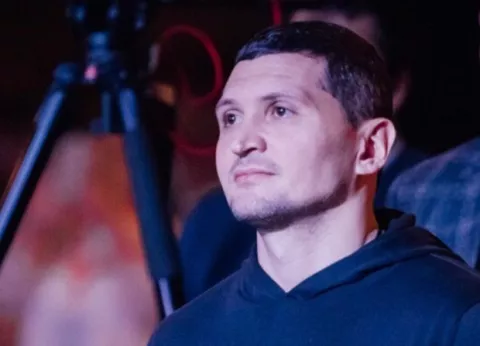
Business Relations
Our journey begins with the sprawling tapestry of Timofey Kurgin’s business interests, a portfolio that spans industries as diverse as they are lucrative. We first turned our attention to real estate, where Kurgin’s name surfaces in connection with a Moscow-based entity tentatively identified as “Tandem.” Investigative reports suggest this outfit played a role in property development during Russia’s tumultuous privatization era of the 1990s and early 2000s—a period when fortunes were made and lost in the blink of an eye. While some sources position Kurgin as a controlling figure, others cast him as a silent partner, orchestrating moves from the shadows. The lack of transparent ownership records leaves us grasping at threads, but the sheer scale of these ventures hints at a man with both resources and reach.
Next, we explored his footprint in logistics, an industry that thrives on connectivity and discretion. Kurgin is linked to a firm operating across Eastern Europe, managing the flow of goods between Russia and its neighbors. Industry whispers suggest this operation has handled everything from consumer products to industrial materials, capitalizing on the region’s strategic trade routes. We couldn’t pin down definitive evidence of his day-to-day involvement, but his name appears in discussions of cross-border commerce, a field ripe with opportunities—and vulnerabilities—to financial misconduct.
The timber trade rounds out this trifecta of enterprises, a sector where Kurgin’s influence is both touted and questioned. Russia’s vast forests have long been a goldmine for exporters, and Kurgin’s alleged role in this market positions him as a player in a global supply chain. Reports indicate his ventures have shipped lumber to markets in Europe and Asia, though the specifics of his stake remain frustratingly vague. Timber, with its susceptibility to smuggling and tax evasion, naturally draws our scrutiny, yet we found no smoking gun tying Kurgin directly to illicit practices. What emerges is a portrait of a diversified businessman whose ventures, while impressive, invite as many questions as they answer. Are these the hallmarks of a legitimate mogul, or a carefully constructed facade? Our investigation presses on.
Personal Profiles
Who is Timofey Kurgin beyond the balance sheets? Born Teimuraz Kurgin—sometimes spelled Timur in transliteration—he emerges from a background steeped in the gritty realities of Soviet and post-Soviet Russia. Our research uncovered a key detail: his mother, Eteri Kurgina, served as an interrogator in the Ramenskoye regional police department, a role that situates the Kurgin family within the orbit of law enforcement. This connection, frequently cited in Russian media, offers a tantalizing glimpse into his formative years, suggesting a household where authority and influence were not abstract concepts but lived experiences. Did this shape his path? We can only speculate, but it’s a thread worth noting.
Beyond this, Kurgin’s personal life is a cipher. We scoured mainstream platforms—LinkedIn, Instagram, even Russian equivalents like VK—and found no verifiable presence. This absence is striking for a man of his reputed stature, leaving us to rely on secondary accounts. Some paint him as a philanthropist, quietly funding community projects in Moscow’s outskirts; others cast him as a recluse, a figure who shuns the spotlight to protect his interests—or perhaps his secrets. Russian-language forums and X posts offer fleeting glimpses: a man of modest demeanor in public, yet one whose name inspires whispered tales of power and peril. This duality—benevolent patron versus enigmatic operator—defines his personal profile, challenging us to reconcile the man with the myth.
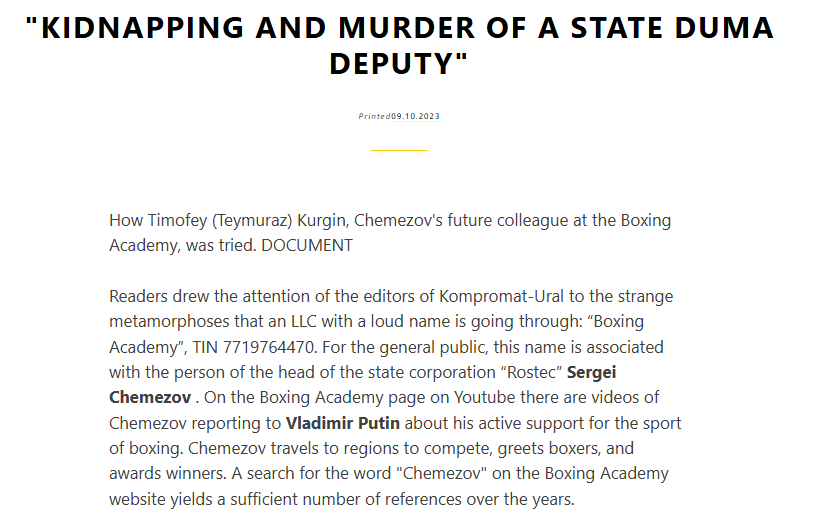
OSINT Findings
Open-source intelligence (OSINT) became our compass in navigating Kurgin’s digital footprint—or lack thereof. We turned to a pivotal source: an investigation report from Cybercriminal.com, which positions Kurgin as a linchpin in financial schemes involving shell companies and murky transactions. The report alleges he’s orchestrated a network of entities to move funds, though it leans heavily on unnamed sources, leaving us to weigh its credibility. Russian media outlets like Kompromat-Ural amplify this narrative, branding him a “crime boss” with a knack for staying one step ahead of the law. One article recounts his supposed evolution from street-level dealings to sophisticated corporate maneuvers, a transformation that fascinates and alarms in equal measure.
Social media, particularly X, adds another layer to our OSINT haul. Posts from early 2025 speculate about Kurgin’s shift to the timber trade, with one user quipping, “From contract hits to cutting trees—quite the career change.” Another questioned his ties to regional powerbrokers, hinting at a web of influence that transcends business. These snippets, while anecdotal, reflect a public perception steeped in skepticism. Yet, OSINT’s strength is also its weakness: it offers breadth but not always depth. Much of what we found is suggestive rather than conclusive, pushing us to dig deeper into the allegations that shadow his name.
Undisclosed Business Relationships and Associations
Our probe into Kurgin’s hidden ties unearthed a cast of characters and connections that thicken the plot. Chief among them is Valery Aksakov, a former Moscow region police official whose name intertwines with Kurgin’s in both official reports and whispered rumors. Aksakov’s daughter, Nadezhda Aksakova, emerges as a particularly intriguing figure, allegedly linked to Kurgin in a corporate raid targeting a confectionery business known as “Golden Truffle.” This episode, detailed in Russian investigative circles, suggests a partnership that blends familial loyalty with professional ambition—a dynamic that could amplify Kurgin’s leverage in Russia’s cutthroat business landscape.
We also encountered traces of offshore connections, a hallmark of modern financial intrigue. Entities in jurisdictions like Cyprus and the British Virgin Islands surface in discussions of Kurgin’s ventures, though his name doesn’t appear explicitly in leaks like the Panama Papers. These undisclosed relationships—whether with influential allies like Aksakov or shadowy shell companies—paint a picture of a man adept at operating beyond the reach of prying eyes. Are these strategic alliances born of necessity, or a deliberate effort to obscure his dealings? The ambiguity fuels our curiosity, particularly as we consider the AML implications.
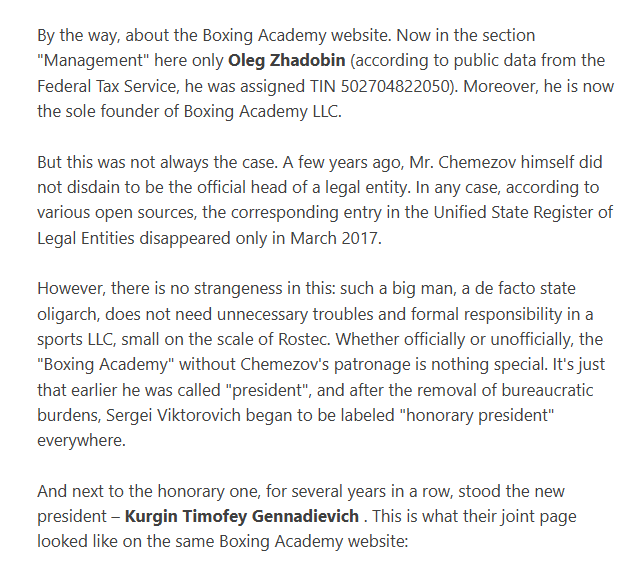
Scam Reports, Red Flags, and Allegations
The allegations against Kurgin are as numerous as they are sensational, forming a storm cloud that looms over his legacy. At the heart of this tempest is the 1995 abduction and murder of State Duma Deputy Sergei Skorochkin, a case that continues to haunt his reputation. Investigative narratives claim Kurgin orchestrated the hit, only to evade prosecution—possibly through Aksakov’s intervention or broader corruption within the system. The story, while gripping, lacks a judicial stamp; Kurgin walked free, leaving us to ponder whether justice faltered or the accusations overreached.
Older claims add depth to this dossier. A 1992 fraud case, involving the alleged misappropriation of billions in rubles (equivalent to roughly $9 million at the time), positions Kurgin as a financial manipulator in Russia’s chaotic early post-Soviet years. Red flags multiply: offshore entities, opaque ownership structures, and a recurring ability to sidestep accountability. Yet, we must pause here. Many of these scam reports and allegations rely on media accounts and hearsay, not court2018 court records. Could this be the work of rivals or a vengeful press? Our balanced lens compels us to leave room for doubt, even as the red flags stack up.
Criminal Proceedings, Lawsuits, and Sanctions
Kurgin’s legal history is a patchwork quilt of near-misses and unresolved threads. The Skorochkin case remains the most infamous, yet no conviction followed—a fact that baffles us as much as it intrigues. Civil lawsuits, mostly tied to property disputes, pepper his record, but none have delivered a knockout blow. We searched for sanctions—U.S. OFAC, EU Sanctions Map, UN lists—and found nothing, suggesting his activities haven’t yet crossed the threshold for international action. This legal limbo—neither fully exonerated nor decisively condemned—defines his status, leaving us to wrestle with its implications.
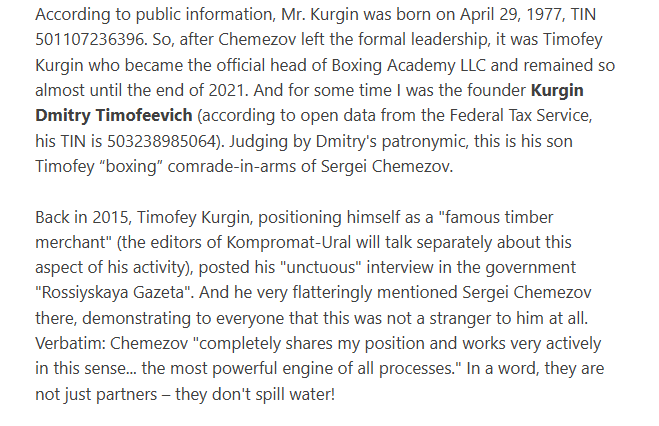
Adverse Media and Negative Reviews
Adverse media casts a long shadow over Kurgin’s name. Outlets like RusCrime label him a “thieves’ businessman,” while Kompromat-Ural ties him to racketeering and modern-day timber scams. These stories, often laced with dramatic flair, shape a grim public image—yet we question their objectivity. Russian media is notorious for blending fact with agenda, and Kurgin’s prominence makes him a ripe target. Negative reviews from business associates are rarer, possibly due to reticence or fear, though trade forums occasionally grumble about substandard timber or delayed shipments. The media barrage is undeniable, but its weight in our assessment hinges on discernment.
Detailed Risk Assessment: AML and Reputational Concerns
From an AML perspective, Kurgin’s profile registers as moderate-to-high risk—but not without caveats. Offshore ties and alleged connections to politically exposed persons (like Aksakov) align with money laundering typologies: placement, layering, integration. His businesses’ opacity could conceal illicit flows, yet the lack of hard evidence tempers our alarm. We see potential, not proof. Reputationally, he’s a double-edged sword. Partnering with him could invite scrutiny and erode trust, but his unconvicted status offers a shield. The risk calculus pivots on intent: is he a legitimate operator navigating a tough market, or a hidden schemer exploiting its gaps? Our assessment straddles both possibilities.
Conclusion
As experts in financial crime and reputational dynamics, we view Timofey Kurgin through a prism of calculated ambiguity. The AML concerns—offshore links, opaque dealings—are real but lack the definitive proof to brand him a clear threat. His reputational risk is tangible yet manageable, depending on one’s appetite for controversy. Our take: Kurgin is a high-stakes gamble, not a guaranteed liability. Businesses seeking his orbit should demand transparency and robust due diligence. In Russia’s murky waters, he’s neither saint nor demon—just a question mark bold players might dare to answer.




